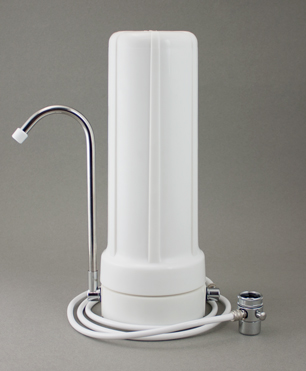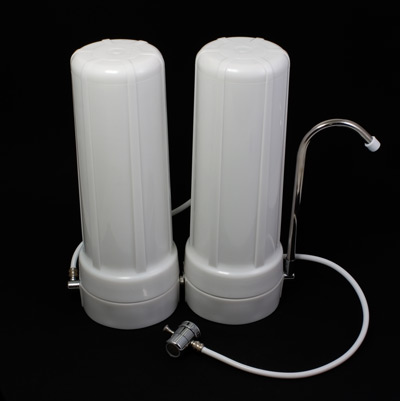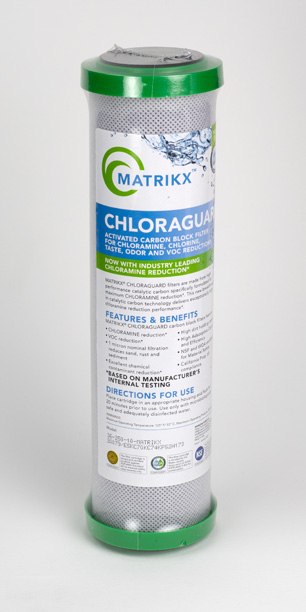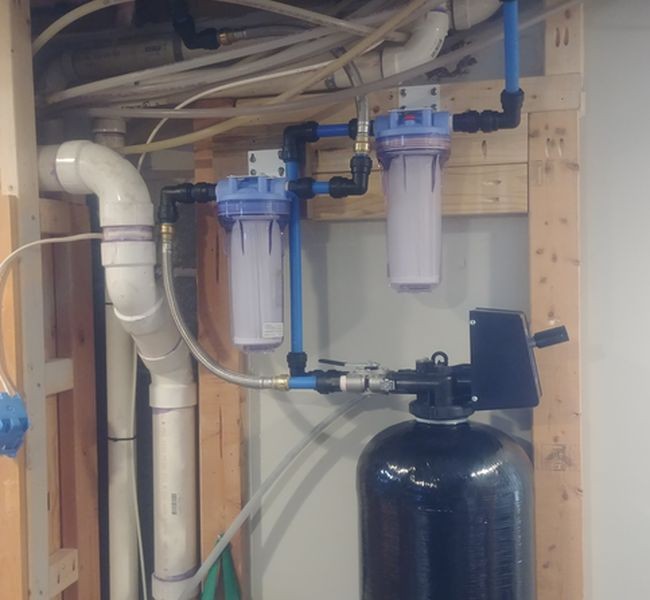Rainwater everywhere in world ‘unsafe to drink’ due to cancer chemicals
by Rob Waugh
Rainwater everywhere on Earth contains so much cancer-causing ‘forever chemicals’ that it should be classified as unsafe to drink, a new study has warned.
The chemicals – per- and polyfluoroalkyl substances (PFAS) – are man-made chemicals that spread in the atmosphere, and can now be found in rain and snow in the world’s remotest places.
The chemicals are produced by industry, and are extremely persistent in the atmosphere, the researchers warn.
As scientists have understood more about the toxicity of these chemicals, the guidelines for ‘safe’ levels have become more and more strict – meaning that rainwater would now be classified as ‘unsafe’.
Lead author Professor Ian Cousins, of Stockholm University, said, “There has been an astounding decline in guideline values for PFAS in drinking water in the last 20 years.
“For example, the drinking water guideline value for one well known substance in the PFAS class, namely the cancer-causing perfluorooctanoic acid (PFOA), has declined by 37.5 million times in the U.S.”
“Based on the latest US guidelines for PFOA in drinking water, rainwater everywhere would be judged unsafe to drink.
“Although in the industrial world we don’t often drink rainwater, many people around the world expect it to be safe to drink and it supplies many of our drinking water sources.”
The Stockholm University team measured the atmospheric presence of PFAS for the past decade.
Levels of some harmful PFAS in the atmosphere are not declining, despite their phase out by the major manufacturer, 3M, already two decades ago.
PFAS are known to be highly persistent, but their continued presence in the atmosphere is also due to natural processes that continually cycle PFAS back to the atmosphere from the surface environment.
Professor Martin Scheringer, a co-author of the study based at ETH Zurich in Switzerland,
“The extreme persistence and continual global cycling of certain PFAS will lead to the continued exceedance of the above-mentioned guidelines.
“So now, due to the global spread of PFAS, environmental media everywhere will exceed environmental quality guidelines designed to protect human health and we can do very little to reduce the PFAS contamination.
“In other words, it makes sense to define a planetary boundary specifically for PFAS and, as we conclude in the paper, this boundary has now been exceeded.”
PFAS is a collective name for per- and polyfluorinated alkyl substances or highly fluorinated substances that have a similar chemical structure.
All PFAS are either extremely persistent in the environment or break down into extremely persistent PFAS, which has earned them the nickname “forever chemicals.”
PFAS have been associated with a wide range of serious health harms, including cancer, learning and behavioural problems in children, infertility and pregnancy complications, increased cholesterol, and immune system problems.
Dr Jane Muncke, managing director of the Food Packaging Forum Foundation in Zürich, Switzerland, who was not involved in the research, said: “It cannot be that some few benefit economically while polluting the drinking water for millions of others, and causing serious health problems.
“The vast amounts that it will cost to reduce PFAS in drinking water to levels that are safe based on current scientific understanding need to be paid by the industry producing and using these toxic chemicals. The time to act is now.”
Source: Yahoo News.
Pure Water Gazette Fair Use Statement










